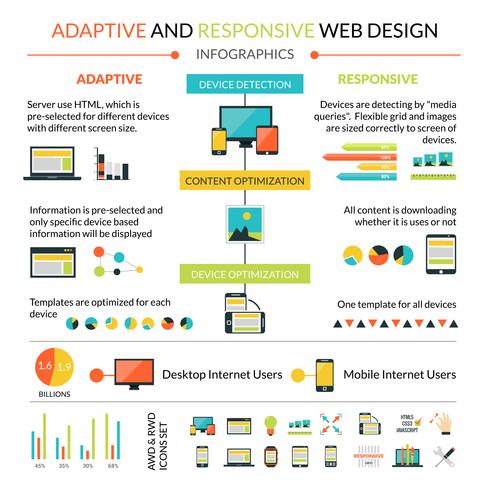Internet Site Style: A Trip Through Time.From Humble Beginnings To Modern Marvels, Site Style Has Actually Undergone A Considerable Transformation Over The Years
Internet Site Style: A Trip Through Time.From Humble Beginnings To Modern Marvels, Site Style Has Actually Undergone A Considerable Transformation Over The Years
Blog Article
Published By-Jonasson Harding
In the past, sites were simple and focused on details. Navigating was straight, and design was for desktops. Now, individual experience is essential. ada compliance advertising guides designs for easy navigating. Receptive designs match various devices. Today, dark setting decreases stress, and minimal food selections improve navigating. ada site compliance involve individuals, and vibrant visuals stick out. AI combination boosts interaction. See how design has advanced to boost your online journey.
Early Days of Website Design
In the early days of web design, simpleness reigned supreme. Sites were standard, with restricted colors, fonts, and formats. The focus was on providing info instead of flashy visuals. Customers accessed the internet with slow dial-up connections, so speed and performance were key.
Navigation food selections were straightforward, normally situated on top or side of the web page. Web sites were made for home computer, as mobile browsing wasn't yet widespread. Material was king, and designers focused on simple readability over complex style components.
HTML was the key coding language used, and designers had to work within its constraints. Computer animations and interactive attributes were marginal compared to today's requirements. Web sites were static, with little vibrant web content or personalized individual experiences.
Increase of User-Focused Style
With the advancement of internet site layout, a shift in the direction of user-focused style concepts has actually become progressively noticeable. Today, developing websites that focus on user experience is critical for involving visitors and attaining company goals. User-focused design entails comprehending the needs, choices, and behaviors of your target market to customize the site's format, content, and features appropriately.
Designers now perform detailed research study, such as customer surveys and functionality screening, to gather insights and feedback directly from users. visit my webpage -driven technique assists in creating intuitive navigating, clear calls-to-action, and aesthetically appealing interfaces that reverberate with site visitors. By putting the customer at the facility of the layout process, sites can provide a much more personalized and pleasurable experience.
Receptive design has actually additionally emerged as an essential facet of user-focused style, making certain that web sites are enhanced for various gadgets and display sizes. This adaptability enhances access and use, satisfying the diverse ways customers engage with sites today. Essentially, the rise of user-focused style represents a change towards creating digital experiences that prioritize the needs and assumptions of the end customer.
Modern Trends in Website Design
Check out the current patterns shaping website design today. One famous pattern is dark setting style, supplying a sleek and modern-day look while minimizing eye pressure in low-light environments. One more essential pattern is minimal navigating, simplifying menus and improving user experience by concentrating on essential elements. Integrating micro-interactions, such as computer animated switches or scrolling impacts, can produce an extra interesting and interactive site. Receptive design stays vital, ensuring smooth customer experiences across various devices. Furthermore, making use of strong typography and asymmetrical formats can include aesthetic rate of interest and draw attention to particular content.
Integrating AI innovation, like chatbots for client assistance or individualized referrals, improves individual engagement and enhances processes. Ease of access has also end up being a significant trend, with designers prioritizing inclusive layout techniques to deal with varied customer requirements. Welcoming sustainability by enhancing web site performance for rate and efficiency is another arising pattern in website design. Working together with user feedback and information analytics to repeat and boost layout constantly is essential for remaining relevant in the ever-evolving electronic landscape. By embracing these contemporary trends, you can develop an aesthetically appealing, easy to use web site that reverberates with your audience.
Final thought
As you assess the advancement of web site design from the very early days to now, you can see how user-focused design has actually come to be the driving pressure behind modern-day patterns.
Embrace the trip of change and adjustment in website design, always keeping the individual experience at the forefront.
Keep existing with the latest patterns and technologies, and never ever quit advancing your technique to create aesthetically spectacular and user-friendly websites.
Progress, adjust, and develop - the future of website design is in your hands.
